The Kodály Approach


As a composer and teacher, Kodály found that the students coming into his Conservatoire were not very musically literate and had a lack of understanding of their own musical heritage. He set out to achieve musical literacy and understanding for everyone. He stipulated that you must have a ‘well trained ear, intellect, hand and heart.’
In the 1930’s, he travelled to England and was impressed with the choirs taught by John Curwen and his colleagues. They were being taught through relative solfa and Curwen’s colleague, a ‘Miss Glover,’ had developed a system of hand signs to go with the solfa to show the degrees of the scale.
Kodály was working with a team of pedagogue experts who helped him put this work into schools. His work was well received, especially as twenty minutes of work every morning had created improvements in the children’s other subject areas, especially maths, not to mention their ability to read musical notation by the age of five.
Kodály recommended that a child’s music education is started in the very earliest years. The curriculum that he developed is organised and sequential. The learning comes first through singing activities and later through conscious thought processes. The learning process is, on the surface, slow because of constant repetition and review, but a great number of musical concepts are absorbed and techniques mastered which become a permanent foundation for future use. Folk songs and composed songs are used (carefully selected according to the age characteristics and musical developmental level).
For a young child to learn to sing well, they must sing songs that will not strain their undeveloped vocal chords by too high or low a range. They should have clear and uncomplicated rhythms and should not be accompanied by piano, since the piano is a tempered instrument which can too often result in out-of-tune singing. The songs should have texts of literary value and creative imagery so that they can be adapted to the child’s world of play and fantasy games.
The use of solfa was not new. Guido d’Arezzo c990-c1050 was a monk and theorist who took the syllables ’out re mi fa sol la’ from a text and applied them to the degrees of the scale, he also equated the degrees to joints on the fingers ‘Guidoian hand.’





